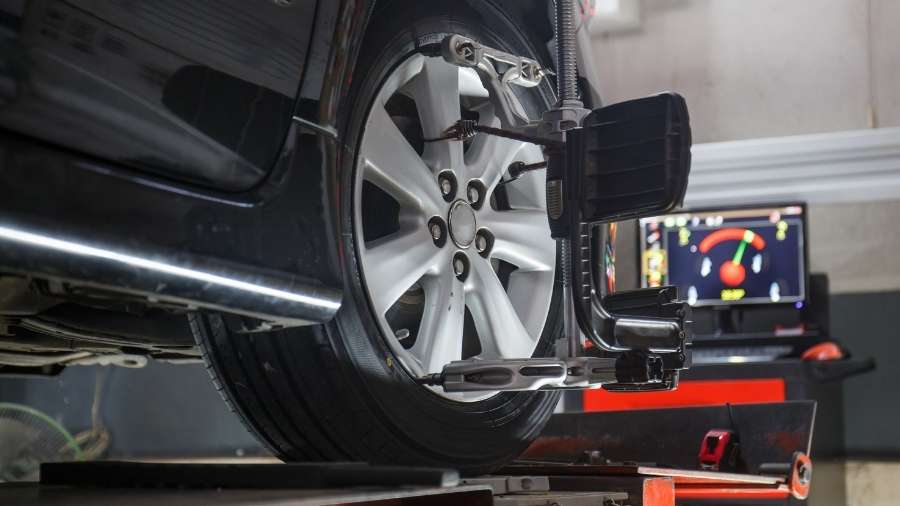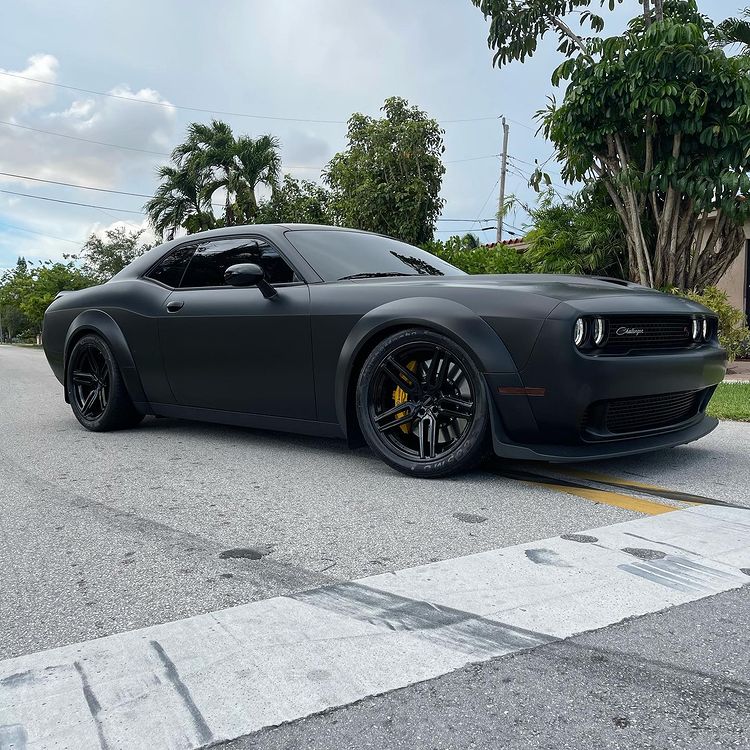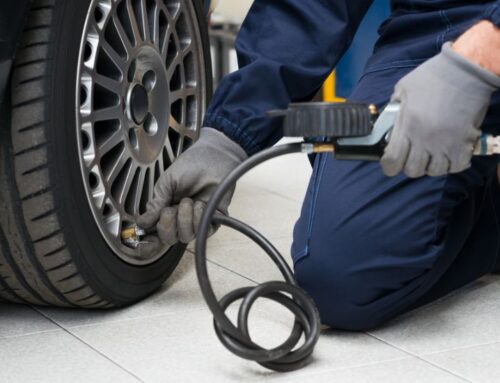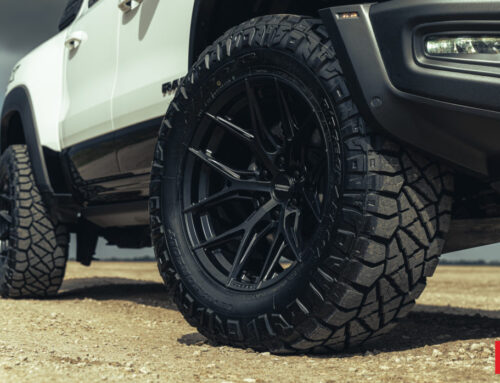Tire size affects a car’s alignment. When the tire size is different from the factory, a car’s alignment will need to be adjusted after a tire change. This is because tires that are wider or taller than original equipment tires stretch the suspension slightly and cause changes in camber and caster angles, as well as toe angles. In order to make up for these changes, an alignment needs to be performed on the vehicle by a qualified technician using proper tools. A tire with a smaller overall diameter creates less of an effect on the vehicle’s alignment, but still requires minor adjustments after installation.
Incorrect Alignment Will Hurt Tire Life
When one wheel is not parallel or perpendicular to another wheel and touching that wheel at only one point, the vehicle alignment is out of specs. This can gently wear out your tire without you ever knowing it until one day, suddenly you will see uneven wear tread on the inside edge of tires or on the outside edge. You may also experience vibrations when going at certain speeds
Good tire alignment is important to have a safe ride, so it’s important to keep your car in good shape. To get started, be sure you understand how wheel alignment works on your vehicle.
Here are five tips on how you can have the best wheel alignment possible
- Keep tires properly inflated at all times
- Check tire pressure monthly for best results
- Inspect tires regularly
- Have the services of a quality repair shop
- Always use the correct size replacement equipment for your car
Always replace with factory-sized wheels and tires if possible for best overall results. These usually have the most accurate measurements and highest tolerances set up by manufacturers. Do not forget that even though some local shops may often tell you they can do the job, that does not mean they have the correct and proper equipment for it. Factory settings may even be different depending on if you drive on highways or dirt roads.
Try to avoid any serious overloading of your vehicle as this is bad for all types of suspension systems. It doesn’t matter what type or how new your suspension system is, you want to keep the weight down as much as possible as this will definitely cause problems in some way, which can often lead to more expenses than just doing things right from the start. To prevent that from happening, always use quality equipment and inspect everything regularly. You never know when something might fail and you don’t want to be caught off guard by a major failure at a bad time.
What happens during a wheel alignment?
A wheel alignment is a regular service procedure for the steering and suspension of cars. During an alignment, the angles between different parts of the car are set to certain values so that all wheels steer equally and run straight on a road surface. In order to do this, some measurements have to be taken at more or less equal distances from one another along a chosen axis – front-to-back for example – of each wheel. The measurements taken allow the angle at which each part is set to be calculated. For example, if a measurement shows that a wheel is lying 10mm out of line from its reference position then it can be moved until its turn with respect to other wheels is as it should be making the whole car straight again.
A wheel alignment is basically a tune-up for your car’s steering and suspension.

What does a wheel alignment cost?
Wheel alignments are available from many local tire shops, including dealerships, and the price will vary depending on your car and wheel size, you should expect to pay $69 and up. It is usually better value, however, to have one done at an expert car service center like Miami Power Wheels if you are located in Miami.
Why would an alignment service be needed?
Besides changing your tires and wheel size, a wheel alignment is necessary when a vehicle has been driven over bumpy roads or damaged, causing one or more of its wheels to become misaligned. This makes the vehicle difficult to steer and control and increases tire wear. Misalignment is also caused by faulty suspension components such as sway bars or links which cause a change in suspension geometry. Another thing that may need aligning after a faulty part has been replaced is a tracking system. A good example of this is a camber adjuster which allows fine-tuning of front-wheel alignment – these have had some problems but most cars won’t need them replacing.
Wheel alignment is an important part of any servicing schedule and should be done regularly for all vehicles.
What can go wrong with a wheel alignment?
A common problem caused by misalignment is uneven tire wear which may appear at the front of the car on one side and at the back on another, or along both sides of the car. Another problem is that wheels may seem to vibrate while driving and steering corrections become more difficult under load (usually when turning). If you are experiencing any problems like this it’s best to get your vehicle checked out as soon as possible, because there are many things that could be causing them only some of which are listed here.
The Conclusion
Thank you for reading this article! Please remember to drop us a line if there is anything else you would like to know about car tire sizes and alignments or other related automotive topics. If you need to have your car serviced call us and we will provide you with a proper estimate, so please do not hesitate to ask anything! Thanks again and I hope you enjoyed the read! :)
Check our Youtube channel for tips and industry trends.






